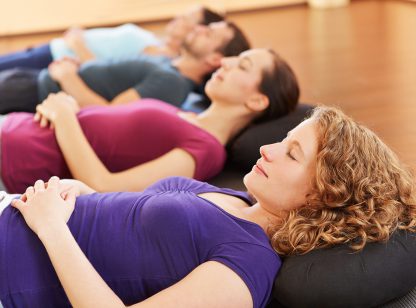The New Year is often accompanied by aspirations of self-improvement. For some that means making better nutrition choices and for others that means getting into shape, moving more – fitness.
An oft heard expression involves how long these changes might last before we revert back to the same old – what’s familiar and comfortable. Why can’t we stick with these changes?
“Can’t” in this scenario is a choice. Change isn’t easy and it requires persistence and perseverance. For motivation people commonly fall back on phrases about the number of days it takes to form or break a habit. However, much of that is simply marketing: “Stop smoking in 30 days!” The fact is, we don’t know how many times or days it’s going to take before you adapt to that resolution.
What we really need is to rewire the pathways in your brain to more strongly prefer that new, and possibly uncomfortable, goal in favor of what’s more familiar and easier. Everyone is different; everyone’s motivating factors are different and the number of times or days it takes is going to be different.
Neuroplasticity describes our brain’s ability to change even through adulthood in the same way that plastic can change shape. Gone is the idiom, “You can’t teach an old dog new tricks.” You can. It just may not be easy, but it is certainly within the realm of possibilities. So what helps?
In short, you need to do that new thing, that resolution, so much and so often that your brain now prefers it to the old thing. You have to decide for yourself each day to do so. It takes work. It isn’t always easy, but the reward is a new and improved You. Many of us need coaching, support and community for this change. Check out your local clinic, gym, or wellness center for a boot camp or a class or series of classes. Accountability to someone or something beyond ourself is of great assistance in the beginning phase of uncomfortable change.
Dr. Brian Myers is a naturopathic primary care doctor with a focus on pediatric and family medicine at Live Well Clinic in La Quinta. For more information, go to www.livewellclinic.org or call (760) 771.5970.
Sources: 1) Livingston R.B. (1966). “Brain mechanisms in conditioning and learning”. Neurosciences Research Program Bulletin. 4 (3): 349–354.; 2) https://www.ncbi.nlm.nih.gov/pmc/articles/PMC4306487; 3) Rakic, P. (January 2002). “Neurogenesis in adult primate neocortex: an evaluation of the evidence”. Nature Reviews Neuroscience. 3 (1): 65–71. doi:10.1038/nrn700. PMID 11823806.


















































Comments (0)